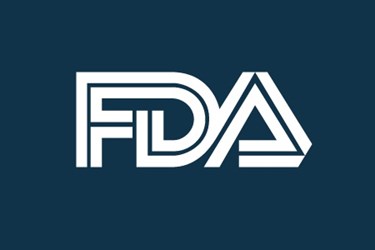FDA Extends Comment Period On Redbook Updates
By Laurel Maloy, contributing writer, Food Online

The text devoted to determining toxicity of food additives has a much-more formal and tongue-twisted name than simply Redbook. The Toxicological Principles for the Safety Assessment of Food Ingredients will be open to public comment until May
After holding a public meeting on December 9, 2014, the FDA has elected to extend the period for public comment on the proposed changes of the Redbook to May 11, 2015. The Redbook’s history dates back to 1982 (Redbook I), when its formal title was Toxicological Principles for the Safety Assessment of Direct Food Additives and Color Additives Used in Food. The current Redbook was issued as a draft revision (Redbook II) in 1993 and published again, in digital format only, in July of 2000 (Redbook 2000). It has been continually updated up through July of 2007, but is poised for a dramatic facelift as determinations are made on what to keep, what to discard, and what to add.
Submitted to the Center for Food Safety and Applied Nutrition (CFSAN) by the Office of Food Additive Safety (OFAS), it is considered a guidance document. Its intent is to assist the food industry and other stakeholders in determining the toxicity of food additives, food contact substances, and generally recognized as safe (GRAS) ingredients. Its 286 pages provide guidance on how to design, conduct, and report the results of toxicity studies. It also covers how to conduct statistical analyses of the data, how to review histological data, and the requirements for submitting this information to the FDA.
The Redbook cross references a number of regulatory documents. The safety of food ingredients is covered in Sections 70.3 and 170.3 in Title 21 of the Code of Federal Regulations (CFR). The safety of an additive includes studies designed to gauge the potential cumulative effects on humans through toxicological testing. To confound the issue even further, one can refer to the general definitions of food additives in Section 201 of the Federal Food, Drug, and Cosmetic Act (the Act). Information in the Redbook will also reference regulatory requirements in The Food and Drug Administration Modernization Act (FDAMA), which amended the Act in 1997. Also in 1997, voluntary notification was implemented for GRAS, simplifying the notification system. It was published in Volume 62, Number 74, on pages 18939-18964 of the Federal Register and amends 21 CFR, Parts 170, 184, 186, and 570.
The preceding paragraph is just one example of the convoluted barrage of paper it is necessary to wade through in order to ensure compliance with food-safety regulation. Just as a bill has been introduced that will reorganize and combine many of the food-safety offices under one entity — legislation may be needed to simplify the legislation enacted so far in the interest of making our food supply safer. The Food Safety Modernization Act (FSMA) seems to be a step in the right direction, though it is currently just one more place from which to seek regulatory guidance.
Now is the time to express your opinions. You have the opportunity to comment on the proposed changes to the Redbook, but also to become an integral part of future changes to the regulatory system that defines food safety. Just go here and click the Comment Now button to make your voice heard. The FDA is listening.
